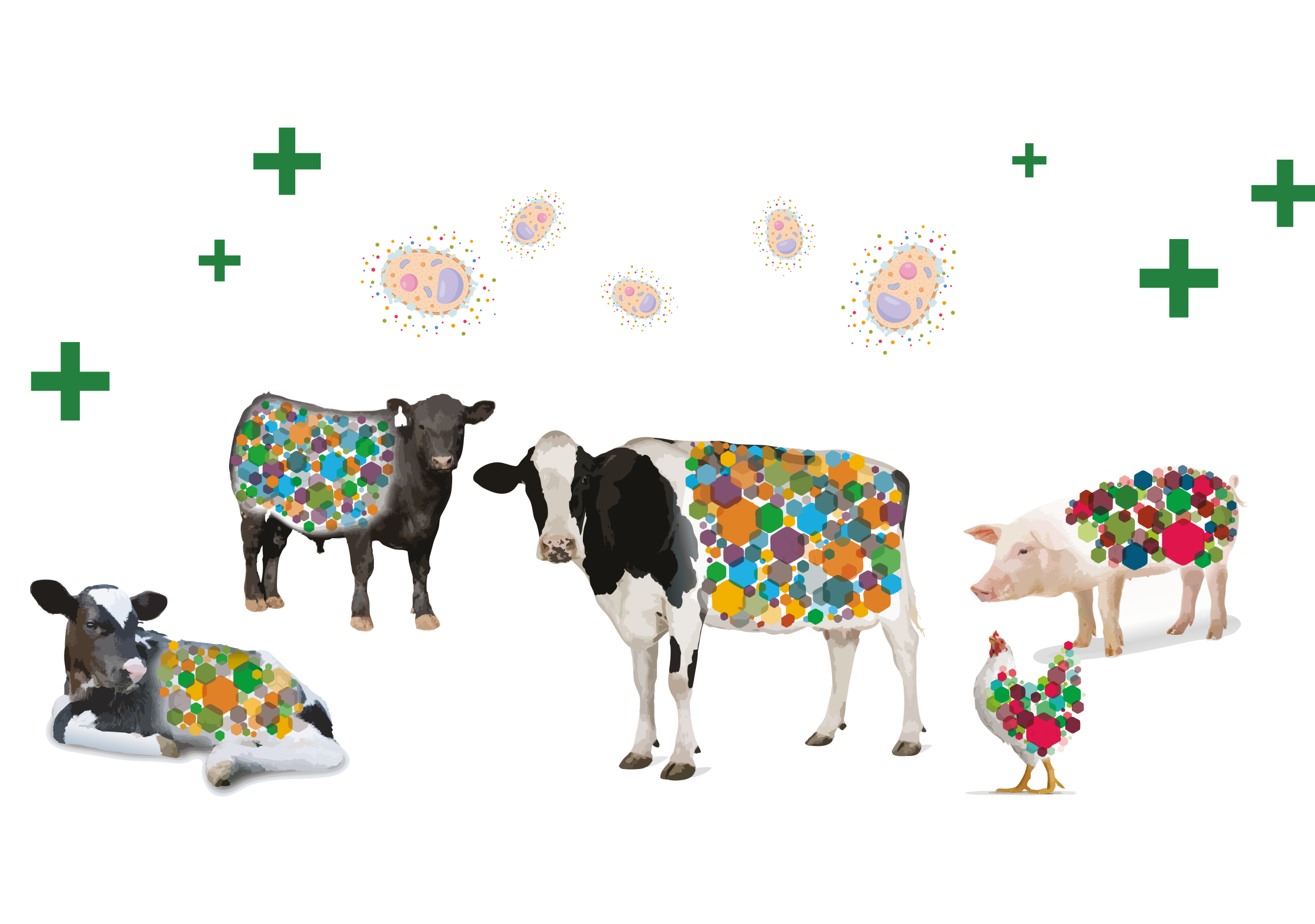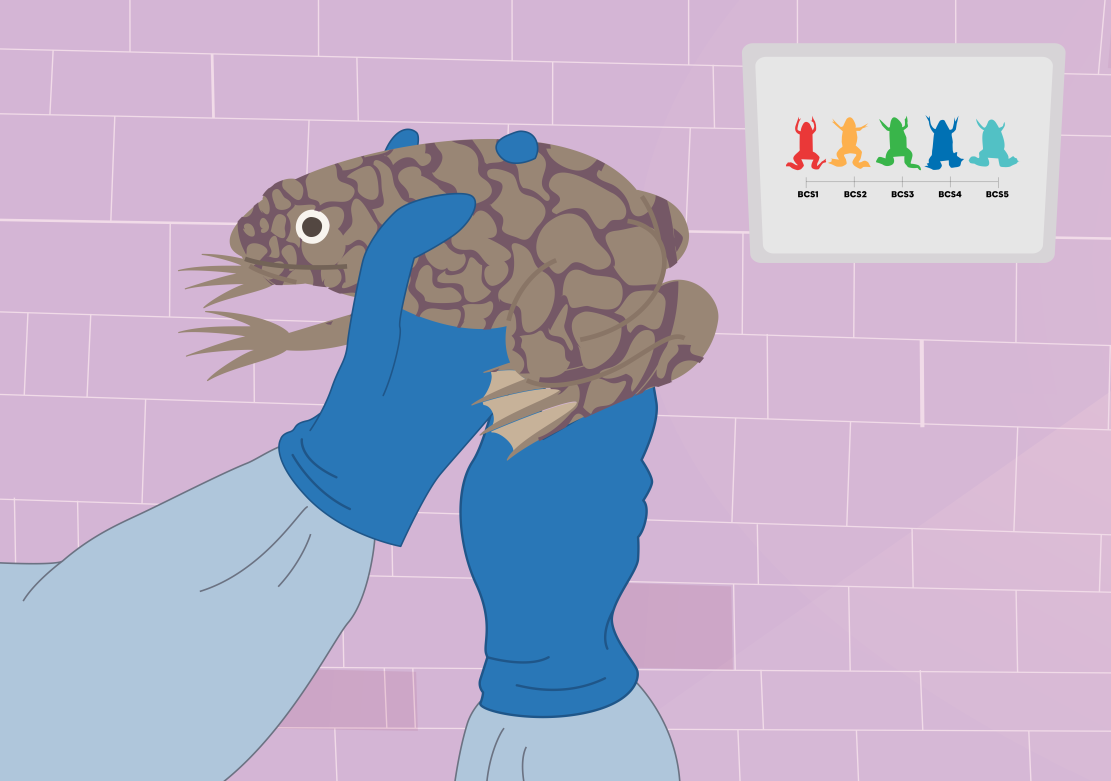Dr Thomas Shaffer – Dr Tariq Rahman | pneuRIP: An Innovative New Technology to Monitor Children’s Breathing
About this episode
Respiratory inductive plethysmography (RIP) is a technique used to monitor a patient’s breathing patterns. It is used for diagnosing and monitoring children with lung disease, and assessing the effectiveness of therapies. Using bands placed around the torso, the technique measures volume changes in the abdomen and ribcage. These measurements are then translated into useful indicators of lung health. Dr Thomas Shaffer and Dr Tariq Rahman at Nemours Children’s Hospital in Delaware have developed a new technology called pneuRIPTM, which allows continuous, real-time monitoring using RIP. Read More
Original Article Reference
Summary of the papers: ‘Machine learning for automatic identification of thoracoabdominal asynchrony in children’, doi.org/10.1038/s41390-020-1032-1; ‘Diagnostic differences in respiratory breathing patterns and work of breathing indices in children with Duchenne muscular dystrophy’, doi.org/10.1371/journal.pone.0226980; ‘Measures of respiratory inductance plethysmography (RIP) in children with neuromuscular disease’, doi.org/10.1002/ppul.24134
This research is supported by the National Institutes of Health and the Center for Advanced Technology (CAT)
Contact
For further information, you can connect with Dr Thomas Shaffer at thomas.shaffer@nemours.org or Dr Tariq Rahman at trahman@nemours.org

What does this mean?
Share: You can copy and redistribute the material in any medium or format
Adapt: You can change, and build upon the material for any purpose, even commercially.
Credit: You must give appropriate credit, provide a link to the license, and indicate if changes were made.






